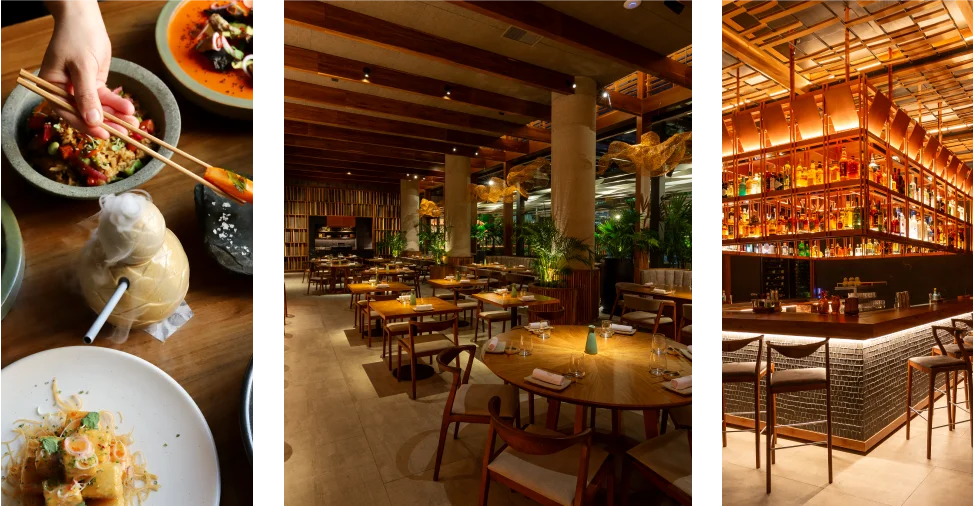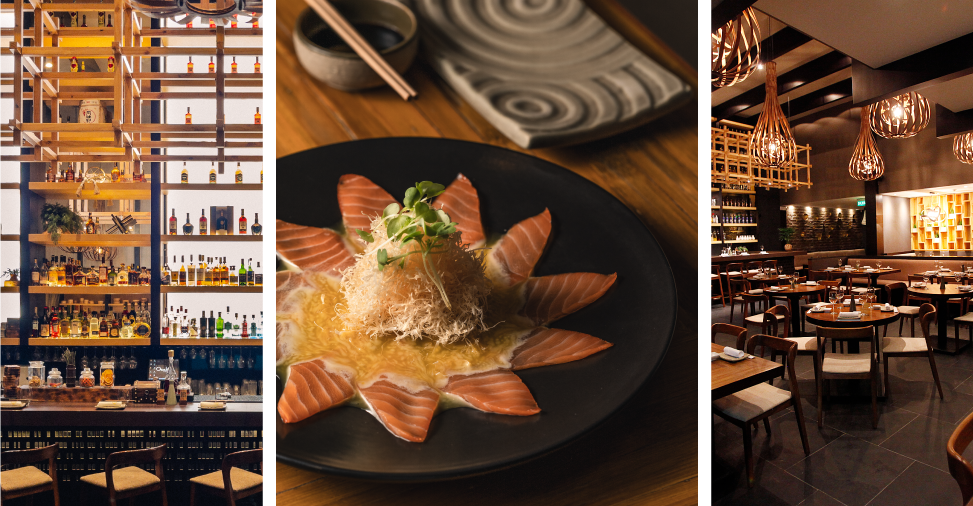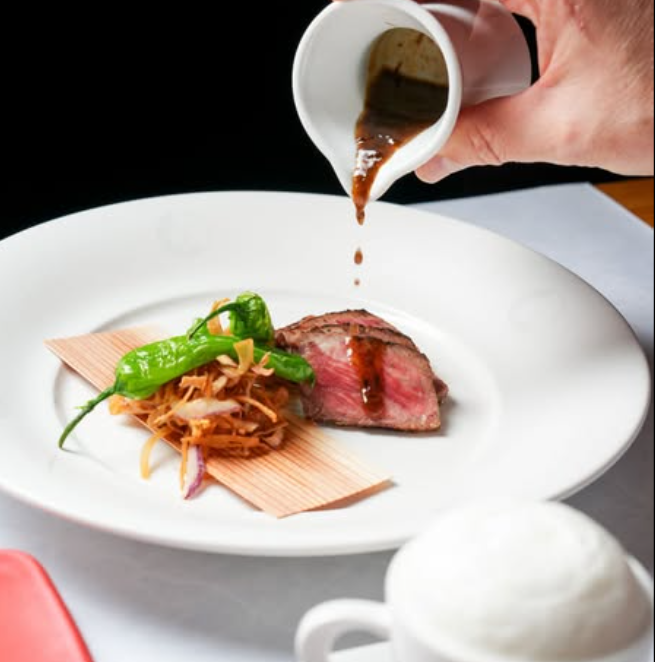As a representative of traditional Japanese cuisine, sushi has developed from a regional delicacy to a global catering phenomenon. Its market size, regional pattern and innovation trend show the following core characteristics:
Ⅰ. Global market size and growth
1. Market size
The global sushi restaurant and kiosk market size reached US$14.4 billion in 2024 and is expected to increase to US$25 billion in 2035, with a compound annual growth rate (CAGR) of 5.15%. In the market segment, dine-in services dominate (valued at US$5.2 billion in 2024), but takeout and delivery are the fastest growing, expected to reach US$7.9 billion and US$7.8 billion in 2035, respectively, reflecting the demand for convenience.

2. Growth drivers
Healthy diet trend: 45% of global consumers actively choose healthy diets, and sushi has become the first choice because of its low calorie content and rich omega-3 fatty acids. Fast food casual (QSR) model expansion: Sushi kiosks and takeout services drive growth. QSR is expected to grow by 8% annually in the next five years. For example, Poke Bar and Sushi Train in the United States cover urban populations through self-service ordering kiosks. Globalization and cultural integration: Japanese cuisine is popular all over the world, sushi consumption in Brazil, the United Kingdom and other countries has increased significantly, and brands such as Nobu are promoting the internationalization of high-end experience.
Ⅱ. Regional market structure
1. North America (largest market)
Evaluated at US$5.2 billion in 2024 and expected to be US$9.2 billion in 2035, with an annual growth rate of 7%. Dominated by the United States: Cities such as New York and Los Angeles have both high-end Omakase and economical conveyor belt sushi, and the popularity of takeaway platforms has increased penetration. Challenges: The supply chain relies on imported seafood, and costs fluctuate significantly.
2. Europe
The scale is US$3.6 billion in 2024 and is expected to be US$6.5 billion in 2035. Germany accounts for 35% of the share (the largest in Europe), and France and the United Kingdom account for 25% in total. The demand for vegan sushi has surged, and cities such as London and Berlin have promoted localized innovation (such as sushi that incorporates local ingredients).

3. Asia-Pacific (traditional center and emerging engine)
Japan: A leader in technological innovation, with popular automation equipment (6 rice balls formed in 1 second), but the saturation of the local market has forced it to go overseas. China: East China accounts for 37% of the stores (mainly in Guangdong and Jiangsu), and the per capita consumption is mainly below 35 yuan (accounting for more than 50%). Japanese brand expansion: Sushiro plans to open 190 stores in China within 3 years; the number of Hama Sushi stores has increased from 62 to 87, and the first store in Beijing has a monthly sales of 4 million yuan. The key to localization: KURA withdrew from China due to unfresh ingredients and high pricing, which reflects that successful companies need to adapt to local tastes (such as adding hot food). Southeast Asia: Singapore and Thailand have become new growth points, and high-end brands such as Shinji by Kanesaka have settled in.
4. Emerging markets (Middle East, Latin America)
The Middle East has introduced sushi brands through the "Belt and Road Initiative" (such as Zuma in Dubai), and Latin America is represented by Peru's Osaka restaurant, integrating local seafood innovations.
Ⅲ. Consumption trends and product innovation
1. Product diversification
Health and plant-based transformation: Vegan sushi uses tofu and plant-based seafood substitutes, and brands such as Yo! Sushi optimize sodium content and organic ingredients. Differentiation of cooking styles: Traditional sushi is the mainstream, fusion sushi (such as avocado rolls) is popular in the West, and customized sushi meets personalized needs. Scene innovation: Sushi making courses and gamified dining (Sushi Lang APP lucky draw) enhance the experience.

2. Technology-driven efficiency
Popularization of automated equipment: Robot sushi chefs improve the level of standardization, and digital conveyor belt systems reduce labor costs (part-time accounts for 70%). Supply chain localization: China Sushi Lang uses Shandong foie gras and Dalian sea urchins, reducing costs by 40%; Xinjiang salmon replaces import demand.
Ⅳ. Industry challenges and responses
1. Supply chain and cost pressure
The cost of high-quality seafood accounts for 30%-50% of operating expenses, and geopolitical conflicts (such as the Sino-US trade war) push up import prices. Response strategy: Establish regional manufacturing centers (such as Fujian eels account for 75% of Chinese Japanese restaurants) and bind local suppliers.
2. Compliance and sustainability
Food safety risks: Raw seafood needs to be strictly tested. After China resumes the import of aquatic products outside of Japan's 10 prefectures, the customs clearance time will be extended by 3-5 days, and the compliance cost will increase by 15%. Environmental protection practices: promote biodegradable packaging and zero-waste food management, and 62% of consumers prefer sustainable seafood.

3. Intense market competition
Serious homogeneity: per capita consumption in the middle and low-end has dropped to less than 35 yuan, and the high-end relies on differentiation (such as Omakase set meals). Key to breaking the deadlock: mergers and acquisitions of leading brands (such as the negotiation and merger of Sushiro and Genki Sushi), and small and medium-sized brands focus on segmented scenarios (such as supermarket sushi pavilions).
Ⅴ. Future prospects
Growth engines: technology cost reduction (automated equipment), health innovation (plant-based, low-calorie menus), and emerging markets (Southeast Asia, the Middle East) are the three major directions. Long-term trend: The essence of sushi globalization is the competition of "localization capabilities + supply chain resilience" - successful players need to balance traditional skills and local tastes, while winning trust with sustainability. From 2025 to 2030, Asia-Pacific is expected to maintain the fastest growth rate (CAGR 6.5%), followed by North America and Europe, and the potential of emerging markets is yet to be released.
Melissa
Beijing Shipuller Co., Ltd.
WhatsApp: +86 136 8369 2063
Post time: Aug-07-2025